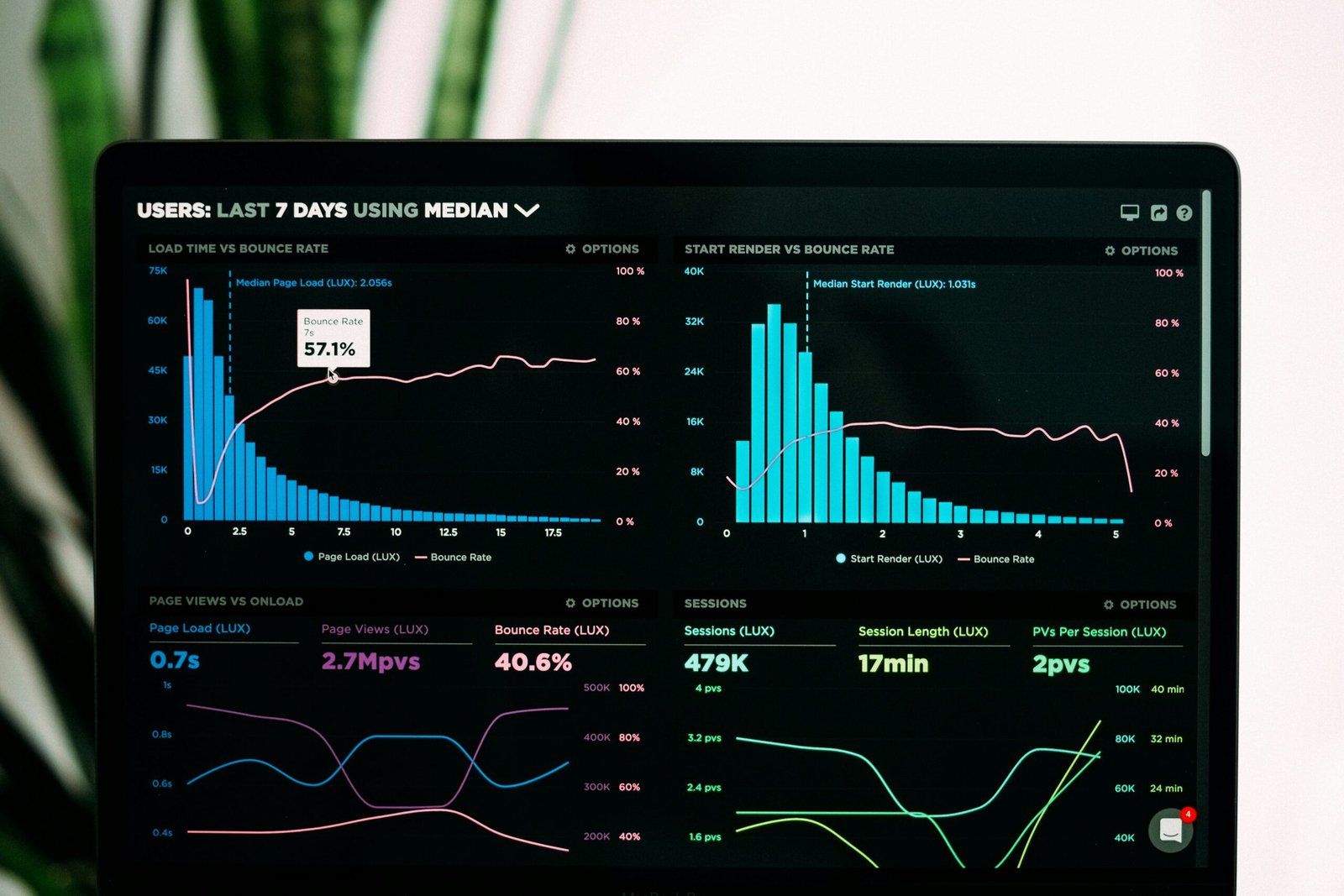Introduction to Content Monetization
In recent years, content monetization has emerged as a significant opportunity for creators across various digital platforms. Content creators, whether they are bloggers, vloggers, podcasters, or social media influencers, have begun to recognize the potential for turning their passion into a profitable venture. The essence of content monetization lies in the ability to generate income through the creation and distribution of valuable content that resonates with a targeted audience.
The landscape of digital content has been revolutionized by platforms such as YouTube, Instagram, TikTok, and Patreon, which offer creators multiple avenues to earn money. These platforms provide monetization tools that allow creators to leverage their audiences, be it through ad revenue, sponsorships, affiliate marketing, or direct fan contributions. The proliferation of these platforms has facilitated the rise of content creation as a viable career option for many.
Successful content monetization hinges on several key factors. Audience engagement is paramount; creators need to foster a loyal and active follower base that regularly interacts with their content. High-quality content is also critical, as it not only attracts audiences but also retains them. Content that is informative, entertaining, or inspiring is more likely to gain traction. Additionally, choosing a specific niche can greatly enhance a creator’s chance of success. Niche selection enables creators to target a specific demographic, thereby increasing the relevance and appeal of their content.
As the digital ecosystem continues to evolve, so too do the strategies and techniques for content monetization. Understanding the dynamics of these platforms and the preferences of the audience is essential for any creator looking to make a mark. By aligning content with audience interests and maintaining consistent quality, creators can effectively monetize their efforts and build sustainable revenue streams.
Popular Revenue Streams for Content Creators
Content creators have various avenues to monetize their work, from leveraging platform-specific ad revenues to engaging directly with their audience through merchandise and crowdfunding. Each of these revenue streams offers unique benefits and comes with its own set of challenges that creators must navigate effectively to maximize their earnings.
Ad Revenue: One of the most common methods is earning ad revenue from platforms like YouTube and Twitch. Content creators receive payouts based on the number of views or interactions their videos garner. The potential earnings can vary significantly depending on the creator’s audience size and engagement levels. The main advantage of ad revenue is its scalability – the more content you produce and the larger your audience grows, the more you can potentially earn. However, it also means being highly reliant on the algorithms and policies of these platforms, which can change unpredictably.
Brand Partnerships and Sponsorships: Collaborating with brands for sponsored content is another lucrative revenue stream. These partnerships often involve creators promoting a product or service to their audience in exchange for a fee. This can be particularly profitable for creators with a dedicated following, as brands are willing to pay a premium for access to niche, engaged audiences. The downside is that constant brand partnerships may alienate some followers if the content becomes overly commercialized.
Affiliate Marketing: Through affiliate marketing, creators earn a commission for driving sales to a brand’s site. By sharing unique affiliate links with their audience, they can receive a percentage of any purchase made through that link. This approach is beneficial as it provides a passive income stream that can continue to generate revenues long after the initial share. However, it heavily depends on the purchasing behavior of the audience, which can fluctuate.
Merchandise Sales: Many creators develop and sell their own merchandise, from apparel to digital products. This not only generates additional revenue but also strengthens brand loyalty among fans. Merchandise sales allow creators to have more control over their income and brand image, though it requires an initial investment in production and logistics.
Crowdfunding: Platforms like Patreon and Kickstarter allow creators to receive direct financial support from their audience. Crowdfunding can offer a stable income through regular contributions, and often comes with perks for supporters, such as exclusive content. This model can be highly rewarding as it fosters a closer connection with the audience. However, the pressure to continually provide value to supporters can be demanding and stressful for creators.
By diversifying their revenue streams, content creators can create a more stable and sustainable income, mitigating the risks associated with any single method’s potential fluctuations.
Maximizing Earnings Through Strategic Content Planning
Strategic content planning is paramount for content creators aiming to maximize their earnings. The first step involves understanding and analyzing audience demographics. By comprehending the age, gender, interests, and online behaviors of your target audience, you can tailor your content to meet their preferences, thereby increasing engagement and monetization potential.
Optimizing content for SEO and platform algorithms is another critical facet. Utilizing relevant keywords, crafting compelling titles and descriptions, and ensuring high-quality, valuable content can improve your visibility on search engines and social media feeds. Use SEO tools like Ahrefs or SEMrush to research keywords and monitor your rankings, helping you stay ahead of the competition.
Leveraging social media for content promotion is equally crucial. Platforms like Instagram, Twitter, and Facebook can amplify your reach when you employ strategies such as regular posting, engaging with followers, and using appropriate hashtags. Collaborations with influencers and participating in trends can further boost visibility and, consequently, earnings.
Creating a content calendar can streamline the process of content production and distribution. A well-developed calendar helps you maintain consistency, plan ahead for seasonal or trending topics, and allocate time for research and production. Tools such as Trello or Asana can assist in organizing and tracking your content schedule.
Utilizing analytics tools to track performance and refine strategies is indispensable. Platforms like Google Analytics, YouTube Analytics, or social media insights provide valuable data on your content’s performance, including views, click-through rates, and engagement metrics. Analyzing this data can reveal what works and what doesn’t, allowing you to adjust your content strategy for better results.
Practical tips and case studies from successful content creators can serve as a guide. For example, a YouTuber might share how optimizing video keywords and engaging in community feedback led to a surge in subscriber growth. A blogger could illustrate how a strategic social media campaign significantly increased traffic and ad revenue.
Challenges and Solutions in Content Monetization
Monetizing content creation presents various challenges that content creators must navigate to sustain their efforts and achieve financial stability. One of the foremost challenges is the fluctuating nature of ad revenues. Platforms like YouTube and Instagram can see significant variations in ad rates based on market conditions, seasons, and user engagement. Such unpredictability makes it difficult for creators to rely solely on ad income.
Algorithm changes are another significant hurdle. Algorithms that control content visibility on platforms can change without warning, impacting the reach and engagement of content. Such changes can make previously successful strategies obsolete, forcing creators to continuously adapt their approach. Additionally, copyright issues can also pose a threat. Unauthorized use of copyrighted material can result in penalties or content takedowns, adding an extra layer of complexity to content production.
Moreover, there is the ever-present pressure to consistently produce high-quality, engaging content. The demand for fresh content can lead to burnout, affecting both the quality of work and the creator’s well-being. Therefore, it’s crucial for content creators to find practical solutions to these challenges.
One effective strategy is diversifying income sources. Relying on multiple revenue streams such as sponsored content, merchandise sales, and crowdfunding can provide more stable financial grounding. Building a strong personal brand is equally essential. A recognizable and trusted brand can attract loyal audiences and provide leverage in negotiations with sponsors and partners.
Collaboration with other creators can also be highly beneficial. Joint projects can expand reach and introduce new audiences, fostering growth and innovation. Furthermore, staying updated with industry trends is paramount. Being aware of policy changes, new tools, and audience preferences can help creators remain competitive and relevant. Platforms such as online forums, webinars, and courses can be valuable resources for continuous learning.
By implementing these solutions, content creators can better navigate the complexities of content monetization and sustain a rewarding and profitable career. The key lies in adaptability, strategic planning, and a deep understanding of the content ecosystem.



